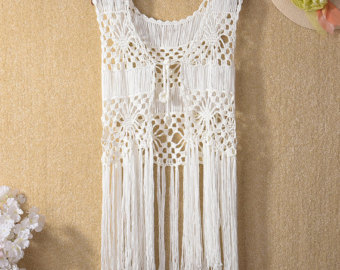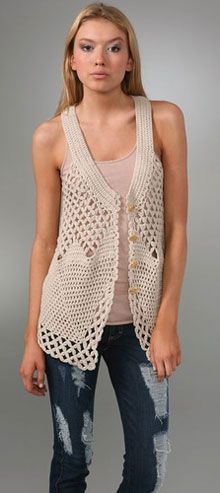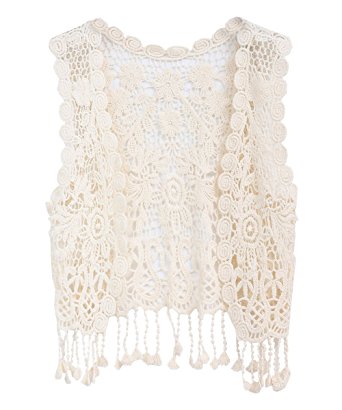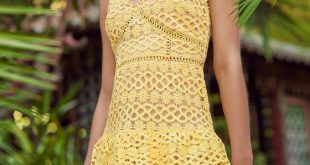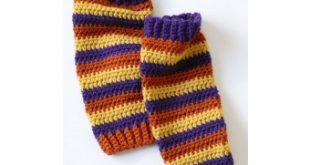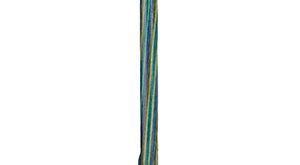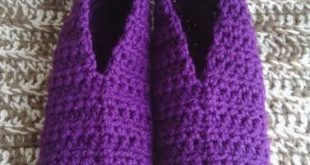Throughout the world known by various different names like crochet in France and Italy, haekling in Denmark, virkining in Sweden, it the sweetheart of every casual wear lover.
People today experiment a lot with crochet but they are not aware of the splendid history of this modern European stitching pattern. So here’s a quick look at how the modern crochet vest came into being.
The name crochet has French roots. It was derived from the word krokr, which simply means hook. Traditionally, invented way back in the 13th century, the modern form emerged during 1600 as a stitching method for royal families. Incidentally, it was used as curtains, table cloth and not as dress material. It soon was given a name – ‘crochet lace’ in France and as ‘chain lace’ in Victorian British.
But the origin of crochet as a clothing material is wildly debated.
It’s said that in 1916, when Walter Edmund Roth, visited Africa he found examples of unique form of crochet shawls used as a reflector of social status, is what developed into today’s modern crockery.
Some believed crochet making originated in medieval Arabia, and then spread east towards India and west towards Europe. India and Nepal both are at an advanced stage of crochet art. More widely created in rural areas where traditions are strong it shows the deep history crochet making has in the eastern orient.
Tracing early Chinese art and knitting patterns, points to enough evidence that crochet making was an important trade of 17th century china.
Europe’s adventure with modern forms of crochet art starts in 1500 at the churches of Italy, where it is also known locally as “nun’s lace”. Since then the modern world has embraced a deep dalliance with crochet making.
Another closer look at the tools these different cultures used forms a clearer picture. Isolated from each other, all these civilisations naturally developed their own tools and techniques for crockery. So the question of origin is a vague one. It’s better to appreciated what the world collectively invented.
 fashionarrow.com A Fashion Blog – crochet and knitting ideas
fashionarrow.com A Fashion Blog – crochet and knitting ideas





